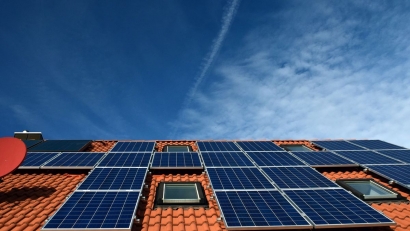The Growing Importance of Photovoltaic Module Recycling
Year after year, the production of photovoltaic modules increases at the same pace as the installation of solar photovoltaic energy. The future forecasts indicate that this will become a daily and routine dynamic. A future that is increasingly present, bringing to light an actor such as “recycling.” Modules – with an estimated average lifespan of up to 30 years - can deteriorate, suffer breakdowns, or even break before that deadline, and must be recycled once their life is over. According to the International Energy Agency (IEA) report ’Global Supply Chains of Photovoltaic Solar Energy’, it is estimated that the global cumulative flow of dismantled solar photovoltaic capacity will reach around 7 gigawatts (GW) in 2030 and could increase to over 200 GW in 2040. ”This represents between 400 and 600 thousand tons by 2030,” according to the IEA.
The Importance of Photovoltaic Module Recycling
The proportion of recycled photovoltaic modules in the European Union is 95%, as there are specific national policies that require the recycling of photovoltaic modules, such as Royal Decree 110/2015 of February 20 on waste electrical and electronic equipment; while in the United States, for example, it does not reach 10%. The IEA report reflects that if panels were systematically collected at the end of their useful life, it could satisfy more than 20% of the demand for aluminum, copper, glass, and silicon, and almost 70% of the silver that the photovoltaic industry will demand between 2040 and 2050. ”Various recycling processes have been developed over the past two decades for both crystalline silicon and thin film photovoltaic panels, and some of them are already implemented on an industrial scale in the European Union and the United States,” adds.
Current Initiatives and Challenges in Photovoltaic Module Recycling
In Spain, for example, the Malaga-based start-up Ubora Solar, a premium partner of Solarwatt, has been developing a collection and recycling process for panels for several months. They have moved away from the linear ‘use and dispose’ approach, focusing on reducing the demand for virgin raw materials and minimizing the accumulation of electronic waste. ”A customer

